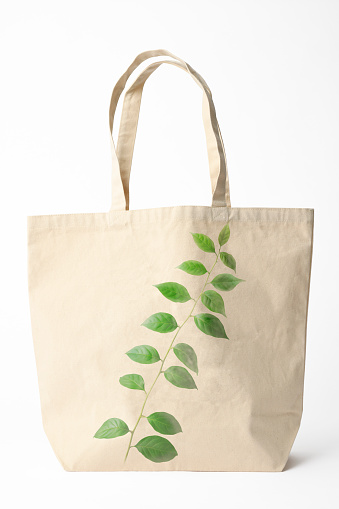
Jute is fast becoming established in the majority of homes. The fundamental reason for this is that jute is fully biodegradable, natural, and eco-friendly. Everyone likes it because of its durability, versatility, and affordable cost. If you want to buy jute bags in bulk you can buy it from any jute bags manufacturers in UAE.
Now let’s dig into interesting facts about jute fabric.
Where Is Jute Fabric Manufactured?
India, Bangladesh, and Pakistan produce the bulk of the world’s jute. In particular, the Ganges River Delta, which encompasses Bangladesh and India’s Bengal region, accounts for 85 percent of jute output.
China, while not producing as much jute as Bangladesh, is still one of the world’s top jute producers. Thailand, Burma, and Bhutan are among the Asian nations that produce jute.
China is the largest market for textiles in general, and jute fabrics are no exception. Although Asia still accounts for a substantial portion of the global jute market, nations such as India and Bangladesh sell jute to the United States, the European Union, and other lucrative markets throughout the Western and developing worlds.
What is the price of jute fabric?
Jute cloth is one of the least priced fabrics on the market. While artisan jute is more expensive, most versions of this fabric cost less than $1 per yard. This pricing is comparable to cotton and far less costly than many synthetic textiles.
Working directly with a manufacturer in India, Bangladesh, or another jute-producing nation is the most cost-effective approach to obtain jute cloth. Taking this technique boosts the local economy while also empowering textile manufacturers to overcome oppressive agricultural production paradigms.
What Are the Different Types of Jute Fabric?
While there are two main types of jute, these aren’t the only types of this popular textile fabric:
1. White Jute
White jute isn’t as popular as it once was, but historical records indicate that it was the primary material used to dress the ordinary people of India’s Bengal area. White jute, as the name implies, is lighter in colour than other strains of this fibre, but it is also less durable than its cousins.
2. Tossa Jute
Tossa jute is the most common form of jute used today. It is a resilient crop that produces more fibre than white jute. Tossa jute is more brown than off-white in colour, yet its fibres are just as long and robust as any other form of jute.
3. Mesta Jute
Mesta jute is a cross between white jute and tossa jute. While this sort of jute was not traditionally popular, political issues during India’s turbulent independence period contributed to its prevalence.
4. Jute Cuttings
Jute cuttings are a byproduct of the jute industry. Although they are the roughest and least appealing sections of the jute plant, they can still be utilised to manufacture basic textiles.
What Is the Environmental Impact of Jute Fabric?
Jute has a net positive environmental impact. It is one of the few natural fibres that assists the environment rather than harms it.
Rice and jute are typically produced in the same places because they require comparable growth conditions. While rice depletes the soil in which it is cultivated, jute production replenishes the soil with nutrients and aids in the retention of soil moisture. Thus, rice and jute are advantageous yields, and developing these two rural items together decreases rice development’s ecological impact.
However, like with all forms of fibre crop cultivation, there is a correct and improper way to produce jute. If jute is not farmed sustainably using simple techniques such as crop rotation, it has the potential to harm the surrounding soil. While the use of chemical fertilisers and pesticides is not required for jute cultivation in general, if farmers of this crop utilise these harmful chemicals in their production methods, the environmental effect of jute can quickly become negative.
Jute’s Environmental Impact: Post-Production
Jute, like other natural textile fibres, is biodegradable. As a result, it does not build in the environment and does not emit microfibers, which continue to pollute streams and other aquatic environments.
All jute disposal techniques, including burning, have a minor environmental impact. While engineered strands produce unsafe synthetic substances high up when consumed or wait in the climate for quite a long time when deserted in landfills, jute and other regular filaments quickly reabsorb into encompassing biological systems paying little mind to how they are discarded.
Humanitarian Concerns in Jute Production
The consequences of jute production on local economies are one important manner in which it might be negative. The majority of jute manufacturers in Bangladesh and other places are independent; they are locally owned, and the majority of their goods are sold within the region rather than shipped internationally.
Jute production facilities held by huge multinational conglomerates, on the other hand, may take value from local jute-producing communities without returning it. Because of the absence of economic impetus, jute producers are unable to pursue adequate environmental stewardship, and exploitative cultivation methods may also encourage unsustainable or ecologically unfriendly production processes.
As a result, it’s better to buy jute fabric from independent producers that adhere to stringent organic environmental stewardship procedures. Failure to do so may contribute to the perpetuation of worker exploitation cycles that inhibit upward mobility in impoverished rural agricultural areas.
